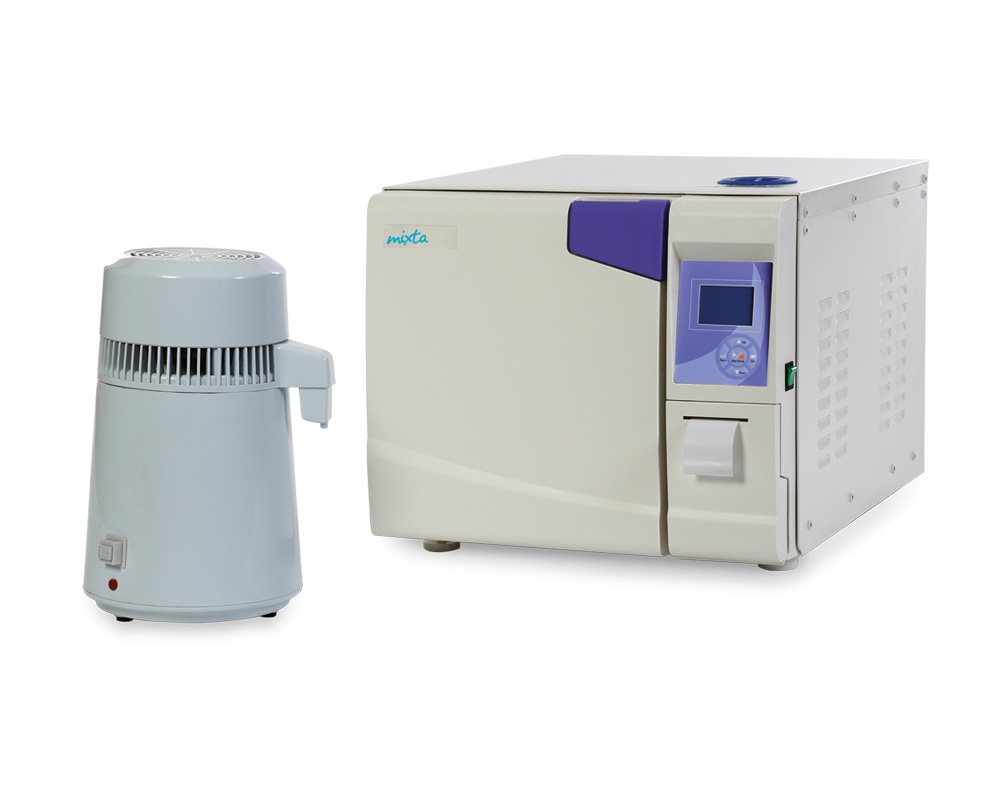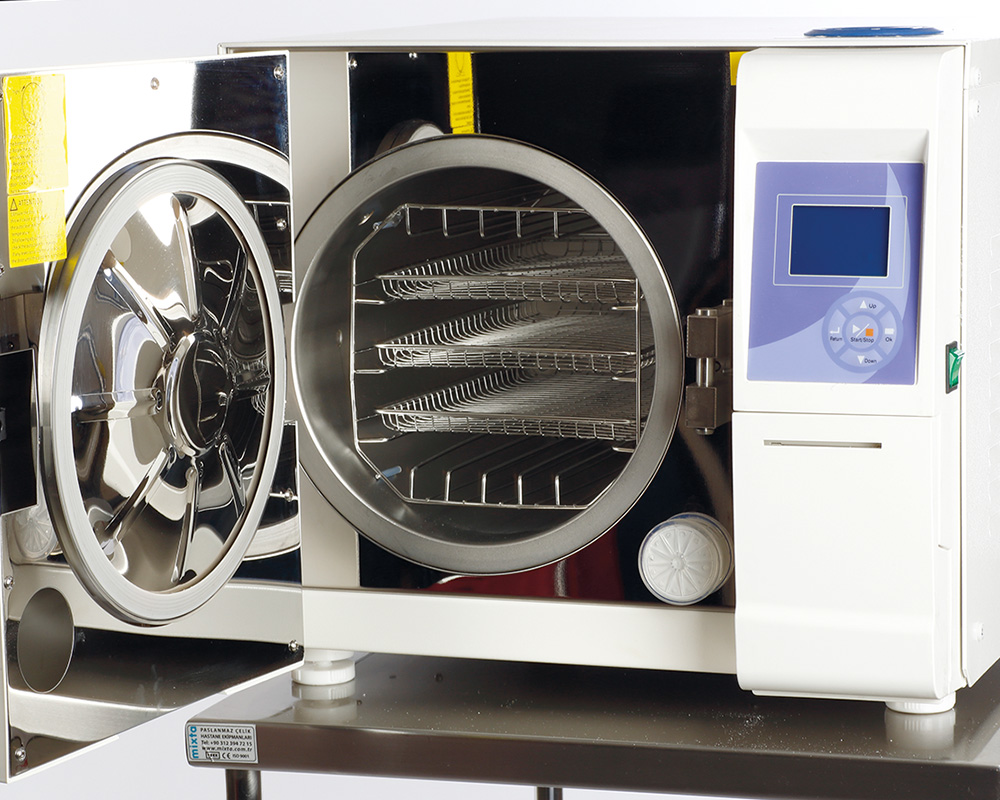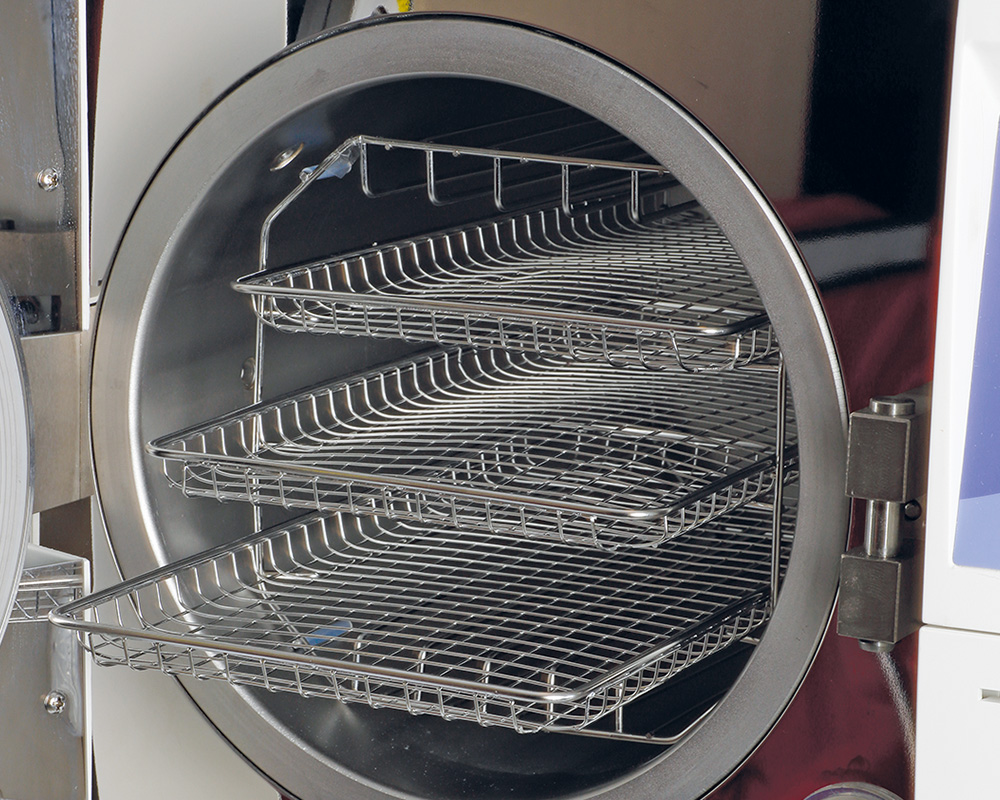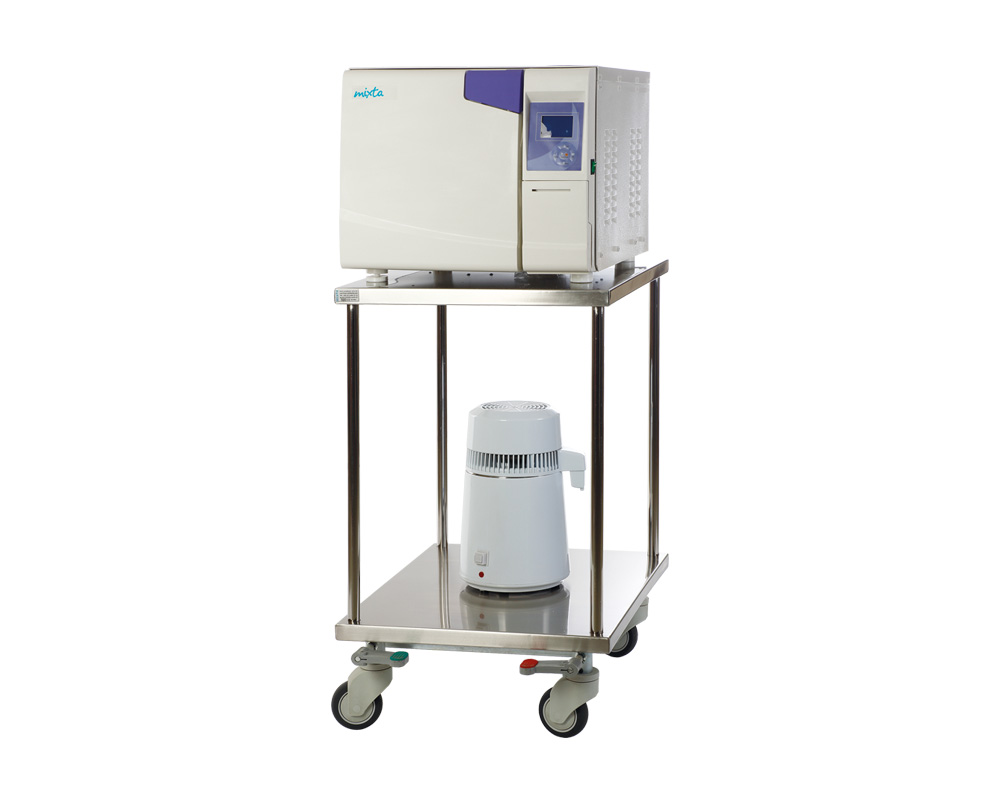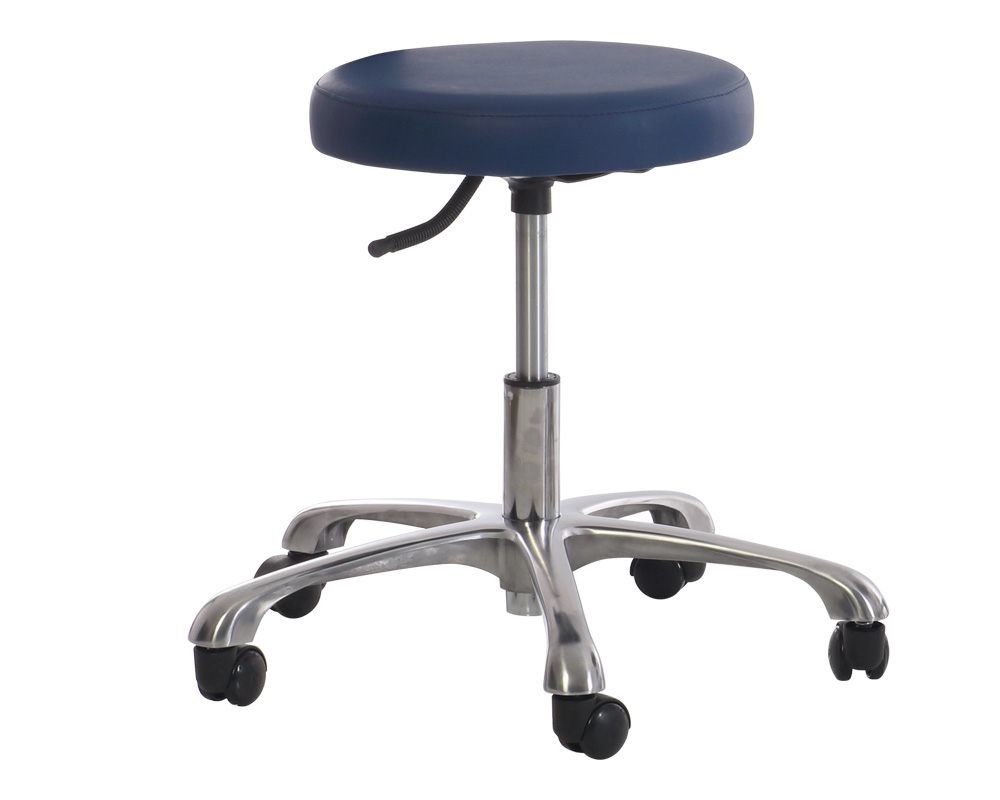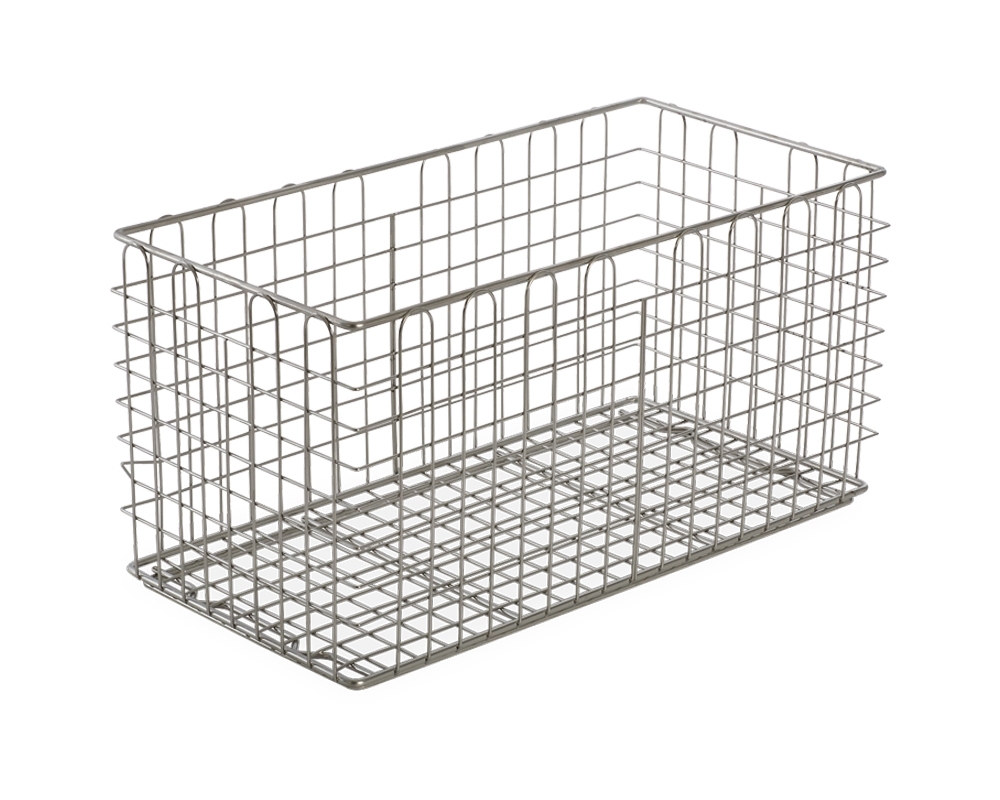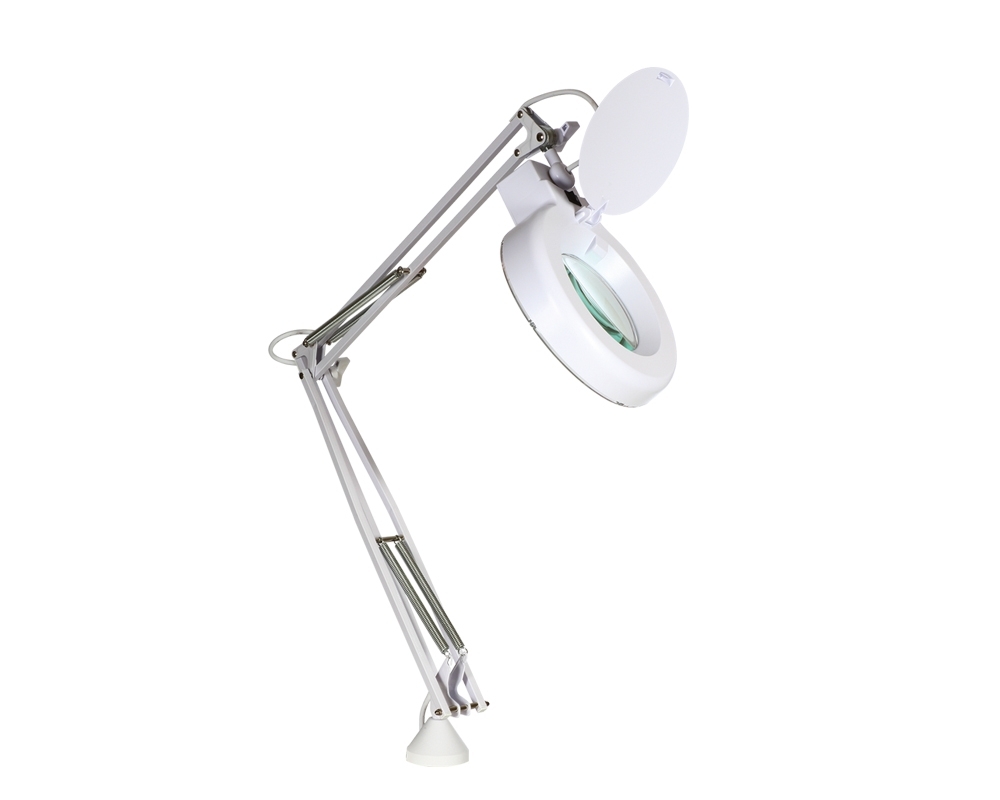Autoclave Device
Autoclave device is the most common type of sterilizer in practices of all specialities, and for good reason. It sterilizes with moist heat, which is more effective than other sterilization methods in preventing infections from contaminated medical devices. It is also called a steam sterilizer because it uses hot steam. Here you can find out how medical autoclave devices can differ, the approximate costs you can expect and much more.
An autoclave, also known as a steam sterilizer, is a vital piece of equipment for any medical facility or laboratory that requires sterile instruments and equipment. It uses steam under pressure to kill bacteria, viruses, and other pathogens on instruments and surfaces, ensuring that they are safe to use.
At Mixta we offer a wide range of high-quality autoclaves to suit the needs of any facility. Our autoclaves are designed with both functionality and ease of use in mind, featuring a sleek, modern design and simple controls.
Our autoclaves come in a variety of sizes and configurations to accommodate the needs of different facilities. They are equipped with advanced features such as automatic shut-off, temperature and pressure gauges, and cycle monitoring to ensure that each sterilization cycle is effective and efficient.
In addition to their sterilization capabilities, our autoclaves are also energy efficient and environmentally friendly. They use less water and electricity compared to other sterilization methods, and their compact size makes them easy to install in any facility.
What is an autoclave?
An autoclave (gr./lt. self-sealing) is a pressure vessel that can be sealed gas-tight. Autoclaves are used in various fields such as medicine, biology and chemistry.
In medical technology, food technology and biology, autoclaves are used to sterilize laboratory instruments. In this context, autoclaves are generally understood as a device in which steam acts under extreme pressure to sterilize various objects (instruments, culture media). In this type of steam sterilization, in addition to a specific temperature, a kill time is also observed.
Autoclaves are also used in chemical laboratories and engineering. They are used to carry out reactions under high pressure and with gases. A pressure cooker is also an autoclave in its basic principle.
Below is a list of some of the areas where autoclaves are used:
- Medicine and biology: In medicine and biology, the devices are used for the sterilization of specific objects, waste or substances. In turn, a distinction is made between the vacuum process (class B), in which air is removed by repeated evacuation (empty pumping) alternating with the introduction of steam, and the flow or gravity process (class S), in which air is replaced by saturated steam.
- Chemistry: In chemistry, autoclaves are used for processes in which gases must react under pressure. This includes, for example, the production of plastics such as polyethene and polypropylene from ethylene and propylene (at high pressure).
Building materials industry: Cylindrical autoclaves in the form of stone hardening boilers are used in the building materials industry. These are used for curing sand-lime bricks and aerated concrete. - Fiber composite production: Autoclaves are also used in the production of fiber-plastic composites. Separate laminate layers are pressed together under pressure up to 10 bar and temperatures up to 400°C.
- Laminated safety glass: Autoclaves are also used to produce laminated safety glass. Here, two or more sheets of glass, with one or more plastic films placed between each, are cooked in an autoclave to create bullet-resistant or even explosion-proof bulletproof glass.
Importance and tasks of sterilizers
(Minimally) invasive procedures are on the agenda in many practices, hospitals and clinics. Each of these procedures involves the use of medical devices (MP) that penetrate the patient’s skin or mucous membranes. As these products are reused, this poses a high risk of infection for subsequent patients.
Autoclave device has the task of killing all microorganisms (bacteria, fungi, viruses, prions, endospores, etc.) present on the material being sterilized, thus preventing possible infections of patients or staff. Autoclaving is usually carried out by heat treatment, so only thermostable medical devices can be sterilized.
In thermal sterilization, a distinction is made between dry heat and moist heat. If you want to buy an autoclave device, we recommend buying an autoclave with moist heat, because hospital infections can only be safely prevented with moist heat. The RKI recommends performing the standard procedure with a steam sterilizer, as it is more independent of influencing factors.
Note: Reproducible sterilization according to the regulations is only possible with good cleaning work with the thermal disinfector!
How does the autoclave device work? Steam sterilization
Steam sterilization by autoclave, also called moist heat, is the usual procedure applied in medical practices and hospitals to sterilize medical devices. It is the most reliable and simplest sterilization method for this environment. In this process, compressed steam is brought into contact with the sterilized material. Pathogens are destroyed over time by the heat generated during condensation. The lower the temperature, the longer it must be maintained.
Pressure and temperature are interdependent. Common temperatures are 121°C / 2 bar maintained for 15 minutes or 134°C / 3.2 bar maintained for 3 minutes. Not all medical devices can be sterilized at 134°C because the materials used in the device or packaging are not approved for this temperature. In all cases, the packaging of devices must be approved for steam sterilization.
For effective steam sterilization, the atmosphere is pumped out of the sterilization chamber, creating a vacuum. To ensure complete sterilization of all parts, the devices must be disassembled as far as possible and all gaps must be opened. Steam is then supplied under pressure and now reaches all cavities and all surfaces. In principle, a steam sterilizer works on the same principle as a pressure cooker.
- B Class Desktop Flash Autoclave,
- Controlled by the micro-processor-pre vacuum pump,
- 18 – 23 L capacity,
- LCD Graphical screen-Turkish menu, user friendly interface,
- Internal thermal printer and steam generator,
- At least 3 tray holders and chamber/basket system,
- Internal water filtering mechanism,
- Corrosion resistant electrostatic painted outer cabin,
- Door locking system with silicone gasket (back-up),
- 8 sterilization programs-USB port,
- Vacuum, bowie dick and helix test programs,
- Easy maintenance and energy saving system,
- Compliance with TS EN 13060 +A2 Standard,
- Compliance with 93/42/EEC, 97/23/EEC, EN61010 Standard
- Water distillate device is free of charge+optional device stand
Would you like to get more information about the autoclave devices? Contact us.








